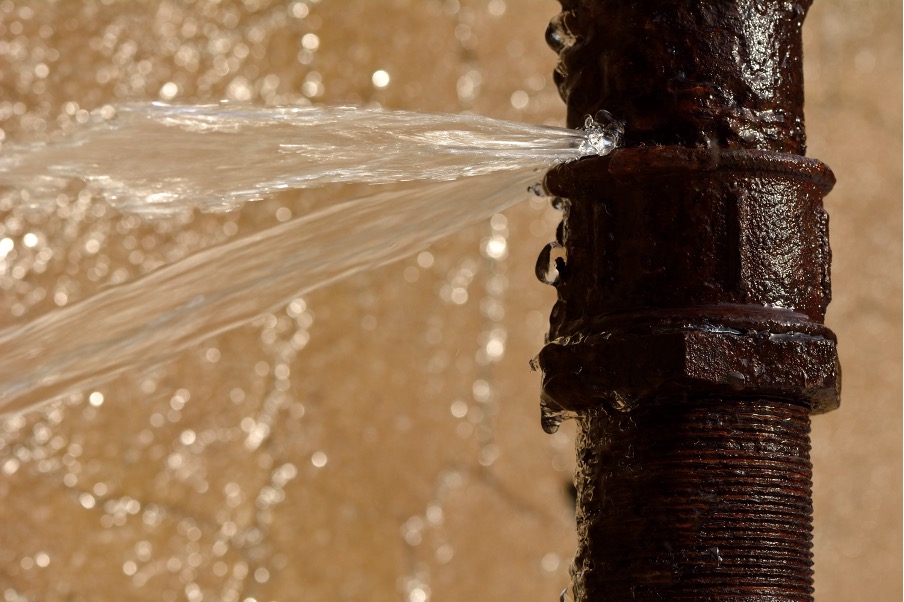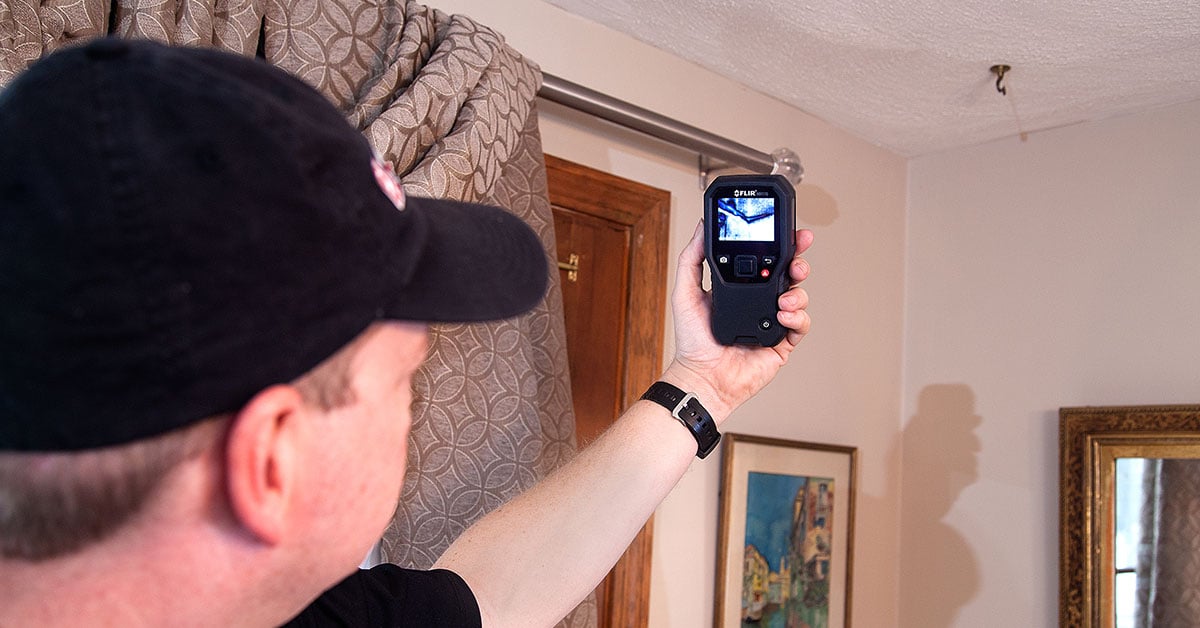Just how to Check If Your Home Has a Concealed Leakage
Just how to Check If Your Home Has a Concealed Leakage
Blog Article
What're your opinions about Locating water leaks?

Early detection of leaking water lines can mitigate a potential calamity. Some little water leakages might not be noticeable.
1. Examine the Water Meter
Every home has a water meter. Checking it is a surefire manner in which aids you find leaks. For beginners, shut off all the water sources. Make sure no person will certainly flush, make use of the faucet, shower, run the washing machine or dish washer. From there, most likely to the meter as well as watch if it will alter. Considering that no one is using it, there should be no movements. If it relocates, that shows a fast-moving leak. If you spot no modifications, wait a hr or 2 as well as inspect back once again. This indicates you might have a slow leakage that could also be underground.
2. Examine Water Usage
Examine your water costs as well as track your water consumption. As the one paying it, you ought to discover if there are any discrepancies. If you find sudden changes, in spite of your usage being the same, it suggests that you have leakages in your plumbing system. Keep in mind, your water costs ought to fall under the exact same array on a monthly basis. An abrupt spike in your bill indicates a fast-moving leakage.
At the same time, a consistent boost monthly, despite having the exact same routines, reveals you have a slow leakage that's also slowly intensifying. Call a plumber to thoroughly inspect your property, particularly if you really feel a cozy location on your floor with piping beneath.
3. Do a Food Coloring Examination
30% comes from commodes when it comes to water intake. Examination to see if they are running properly. Decrease specks of food shade in the container as well as wait 10 minutes. If the color in some way infiltrates your bowl during that time without flushing, there's a leak in between the container as well as dish.
4. Asses Outside Lines
Don't fail to remember to check your outside water lines also. Ought to water seep out of the link, you have a loosened rubber gasket. One little leak can squander loads of water and also surge your water expense.
5. Evaluate and also Examine the Situation
Home owners need to make it a routine to check under the sink counters and even inside closets for any bad odor or mold and mildew development. These two red flags suggest a leakage so timely focus is needed. Doing regular examinations, even bi-annually, can save you from a major trouble.
Examine for stainings as well as deteriorating as most home appliances and also pipes have a life expectations. If you think leaking water lines in your plumbing system, don't wait for it to escalate.
Early discovery of leaking water lines can alleviate a prospective calamity. Some small water leaks might not be noticeable. Checking it is a guaranteed method that helps you discover leaks. One little leak can squander lots of water as well as spike your water expense.
If you suspect leaking water lines in your plumbing system, do not wait for it to intensify.
How to Know If Your Home Has a Hidden Leak
Water Meter Reveals Inexplicable Water Usage
If you’d like to test whether or not there’s a leak somewhere in your home, you can do this using your water meter. Here is how to conduct the test:
Don’t use any water in your home for at least 30 minutes; this also means not turning on faucets or water-using appliances.
Go outside, and check your water meter for activity.
If your water meter shows that there was activity, even though no one was using any water, this proves that there is a leak in your home.Visible Mold or Mildew Growth
Leaks behind walls create moist, dark environments that allow mold and mildew to grow and thrive. Eventually, you might see mold growth forming on the wall closest to a hidden leak.
If mold is growing in an area that receives a high amount of moisture, such as a bathroom, it may simply be an indication that better ventilation is needed. However, if you see mold growth on a wall or the ceiling in an area where you would not expect, you probably have a hidden leak.
Musty, Mildew Odor
Sometimes you might not be able to see the mold or mildew that is growing as a result of a leak. However, the smell can give the problem away just as easily. If you catch a whiff of something musty, there’s a good chance that old water is collecting somewhere in your home that you can’t see.
Stained/Warped Walls, Ceilings, or Floors
When your home soaks up water, a variety of red flags can become visible, including ceiling stains, bubbling drywall, warped walls, and sagging floors. While these issues can be caused by excess humidity, they can also be signs that a pipe or plumbing connection has started leaking behind your walls.
Inexplicably High Water Bill
After a while, you get a general sense for what your water bill should be. If you own a pool or sprinkler system, your bill will tend to be higher during summer. However, if you receive a water bill that seems especially high, and you can’t figure out what caused it, then you may have a hidden leak somewhere that’s increasing your bill.
https://www.plumbingjoint.com/blog/2019/july/how-to-know-if-your-home-has-a-hidden-leak/

I am just very serious about Top leak detection hacks and I really hope you liked our blog posting. Those who enjoyed reading our blog posting if you please make sure you remember to share it. Thanks a lot for your time invested reading it.
Report this page